
Artist Sharon Nowlan leads participants in making art using found pebbles. W(here) Festival, Pictou, NS, June 26-30, 2012. Photo: Rita Wilson
Mary MacDonald came home with a purpose. A candidate for an MFA in Criticism and Curatorial Practice at OCAD University, she spent the past year developing her thesis project, the W(here) Festival, which took place all over Pictou County from June 26-30. Asking the question, “where is here?” this arts festival focused on place, the nature of rural communities and the possibility of both engaging local artists and bringing contemporary art practice to places that haven’t had much exposure to the arts.
Twelve events spanned five days, starting with a “kitchen pARTy” where seven local artists talked about their work. Over the next four days there were field trips to an island, woods, beaches and a bridge. An invisible racetrack became visible. There were visiting artists, Marlene Creates and Sheilah Wilson, as well as many local ones. Stories were recounted, history recalled, awards presented—all sparked by place. A conversation about contemporary art in rural communities took place in a high school auditorium. It all closed with the launch of “Memory Factory,” an online project about a local lobster cannery introduced by co-creator David Craig, followed by singer/songwriter Al Tuck singing the festival out.
Mary chose walking field trips as the conceptual link between the idea of place and art practice. Everyone has gone on a field trip; they allow a variety of disciplines and afford an intimacy that promotes conversation. Each trip had a theme: the first group followed Susan Sellers in the footsteps of an island’s “unsung heroine” nurse. The next took people to the iron bridge over the River John where Linda Little read the passage from her book, Strong Hollow, inspired by that very bridge. Sheree Fitch talked about places that create one’s work and places that we create to do that work in. Printmaker Raina MacDonald shared a piece of her art practice—walking in the woods—as she led people through an old foundation, then silently on to a cabin by the Eight Mile Brook. Pebble artist Sharon Nowlan used the beach as her art supply cabinet for workshop participants to make creations.
Both visiting artists explore the idea of place and memory in their work; their projects reflected this. Marlene Creates’ Award Ribbons for Places in Pictou County began at Bayview community hall, where participants decorated ribbons for their chosen places. The next two days they presented ribbons to a swimming hole, a rock, a gingko tree, a garden, a 100-foot channel that no longer exists and many, many beaches. Each place was layered in story: “I used to walk this street every day to school;” “It was all farmland, where the mall is now. I grew up here;” “Welcome to my garden, sunken from the street beside, four steps down …”

Sheila Wilson’s installation at River John’s Lee tik gas station replays locals’ spoken instructions to a legendary race track. W(here) Festival, Pictou, NS, June 26-30, 2012. Photo: Rita Wilson
Participants shared places they loved, weaving a topography of memory. Marlene told them, “This whole landscape now has so much more meaning to me by having heard your stories.”
Mary described the project as “funny, emotional, sad, nostalgic, hopeful, honest … In this way it became reflective of this actual place …”
Sheilah Wilson’s project, The Invisible Inside the Visible, started three years ago, prompted by the rumour of a ghostly racetrack at the end of Cape John. She looked, but didn’t find it—two summers in a row. This summer she recorded local people’s directions to the track: “Down the Cape John Road, now, you come to the big pond;” “It’s funny because I know it was out there. You know, everyone said it was;” “Supposedly, so I’ve been told.”
Sheilah discovered that “the past can exist in various forms of memory.” She says she located the mark of the track, “by feel.” The oval appears now as a raised patch of ground that “you stumble upon.” She installed the project on a picnic table at Lee Tik gas station in River John, where an umbrella shaded a wooden box holding newspapers and headphones replaying people’s spoken directions to the racetrack.
Sheilah’s artist talk was the first ever held at the gas station restaurant. Audience members continued to recall the racetrack “where we picked cranberries.” One person commented: “Well, you’ve really made something out of nothing.”
Mary is intrigued by festivals as a model to present contemporary art: “I love the sense of intimate connection that created in such a short piece of time.” Astounded at the level of passionate and personal engagement, she watched artists communicate a sense of possibility: “I like to think that this project inspired artists to be a bit braver and to share their work more often.”
There were challenges. Created by Mary as a public endeavor, it was a true communal effort and, at times, “a real balancing act.” She felt “like a captain of a big ship navigating the waters, maintaining a sense of thematic and logistical direction … maintaining my curatorial role.” There are cautions too, like the danger of thinking of “rural places as inherently romantic backdrops for projects,” without ensuring collaboration with those who live there.
Months ago, Mary said, “To me, contemporary art is not just the medium we work in, but the relationships we build, the conversations we have, and the objects and experiences we choose to make that reflect the place we live and who we are.” She asked the question, “How can the local, rooted in a sense of place and history, relate to the innovative?” I think she’s begun to answer her own question.

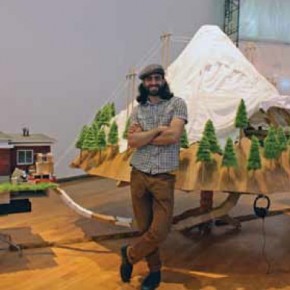
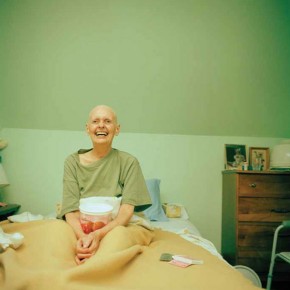
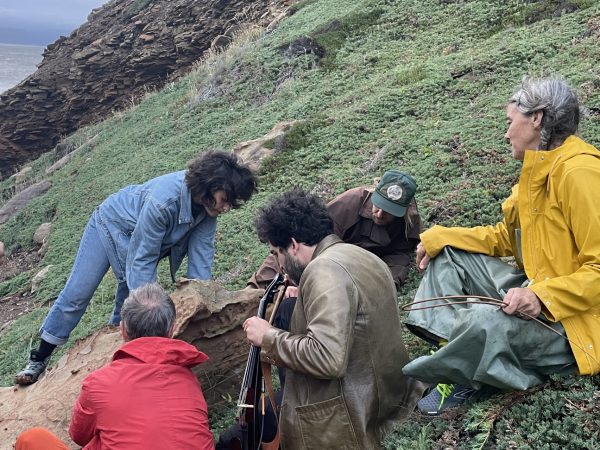
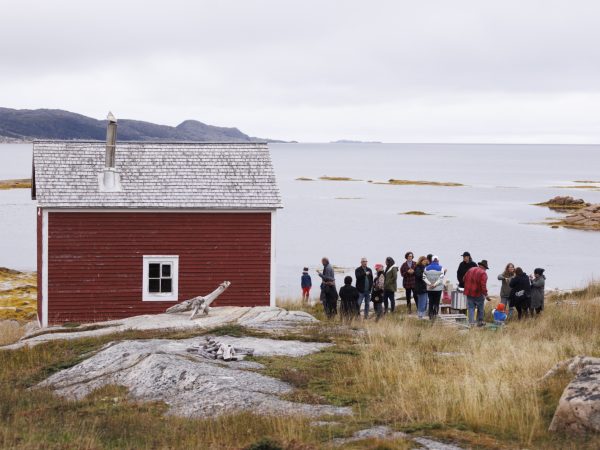
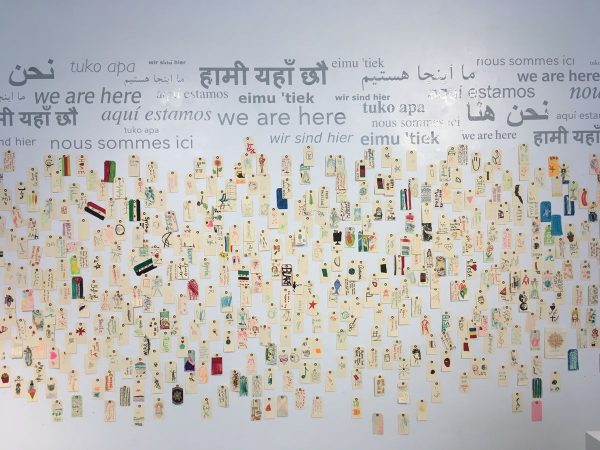
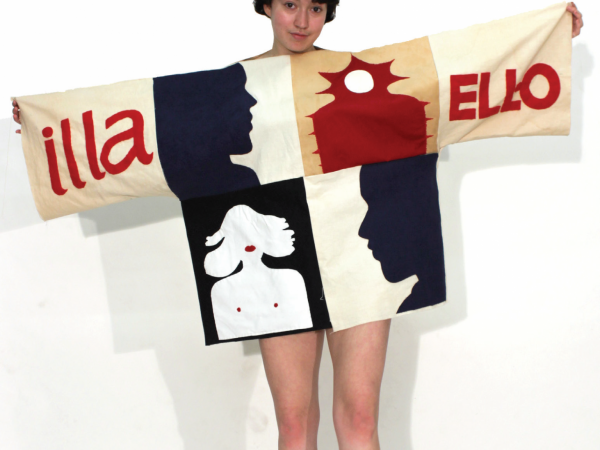

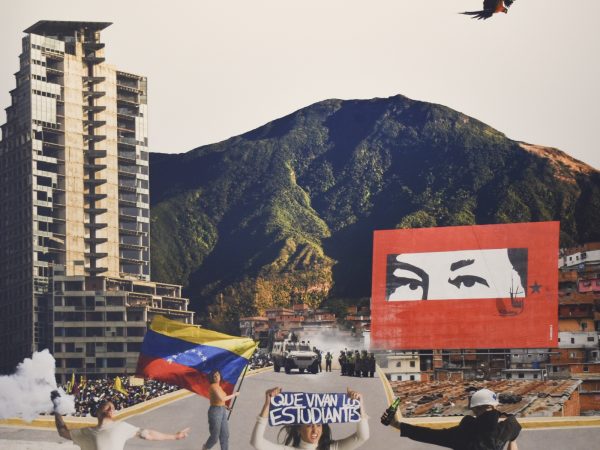



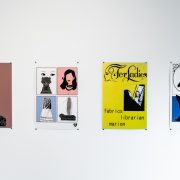
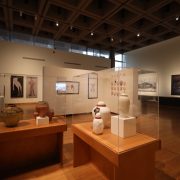


This is beautiful. Thank you.
The River John racetrack is visible on satellite images
http://goo.gl/maps/S5KT9